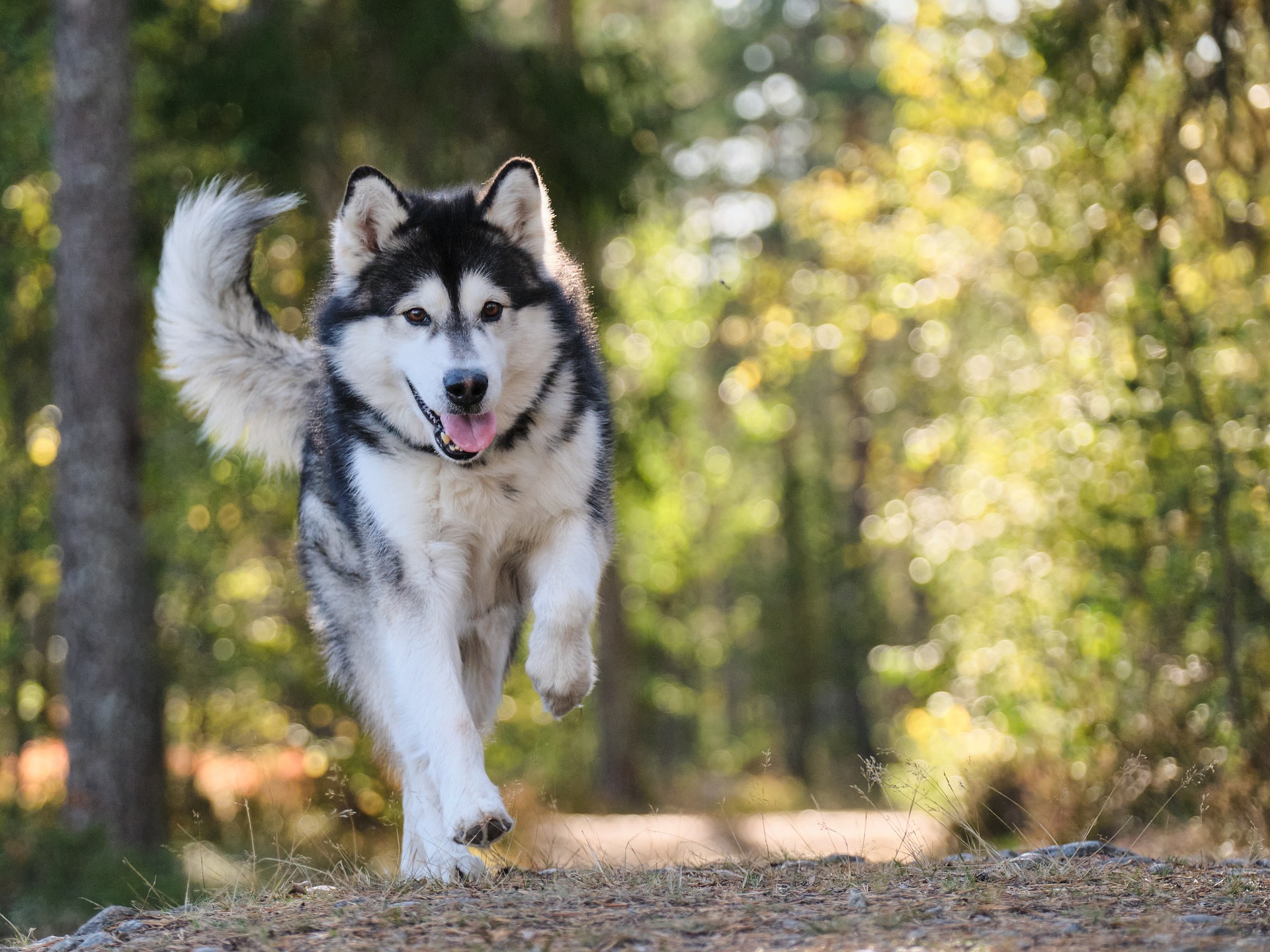The Unexpected Heroes: How Livestock Guardian Dogs Protect Wildlife
Livestock guardian dogs have been a part of human society for centuries, providing a vital line of defense for livestock against predators. However, in recent years, their role has expanded to include the protection of wildlife, an unexpected twist in the tale of these ancient canine heroes.

Historical Context: From Flock Protectors to Wildlife Guardians
The use of dogs as livestock guardians can be traced back over 2000 years to Asia and Europe. Breeds such as the Great Pyrenees, Anatolian Shepherds, and Maremmas were specifically bred for their protective instincts and ability to fend off predators like wolves and bears.
Fast forward to the 21st century, and the role of these guardian dogs has evolved. Their protective instincts are now being harnessed to protect wildlife, particularly in regions where human-wildlife conflict threatens the survival of endangered species.
Current News: Guardian Dogs in Action
In South Africa, Anatolian Shepherds are being used to protect cheetahs, an innovative solution to the human-wildlife conflict plaguing this iconic predator. Farmers often kill cheetahs to protect their livestock, but the introduction of guardian dogs has reduced these conflicts significantly, allowing cheetah populations to stabilize.
In the USA, projects are underway using livestock guardian dogs to protect farm animals and ward off wolves, reducing the need for wildlife culling.
The Market Impact and Cost of Guardian Dogs
The cost of a livestock guardian dog varies, with prices ranging from $500 to $2000 depending on the breed and training level. However, the economic benefits these dogs provide by reducing livestock loss and mitigating human-wildlife conflict far outweigh the initial investment. They are a cost-effective, non-lethal solution to a global problem, making them an attractive option for farmers and conservationists alike.
The Science Behind the Success
Research reveals that livestock guardian dogs are successful due to their natural protective instincts, which can be enhanced through targeted training. Unlike herding dogs, guardian dogs live with the flock, bonding with the animals they protect. Their presence deters predators, reducing the instances of livestock predation and thereby also reducing retaliatory actions against wild predators.
The Future of Livestock Guardian Dogs
The success of livestock guardian dogs in wildlife protection highlights their potential for broader conservation efforts. As the world grapples with increasing human-wildlife conflicts due to habitat loss and climate change, these dogs offer a beacon of hope. By protecting livestock, they indirectly protect wildlife, contributing to a more harmonious co-existence between humans and nature.
In conclusion, livestock guardian dogs, the unsung heroes of the animal kingdom, illustrate that solutions to complex conservation issues can sometimes be found in unexpected places. As we continue to explore innovative strategies for wildlife protection, we can draw inspiration from these canine guardians, who remind us of the power of instinct, coexistence, and adaptation.





